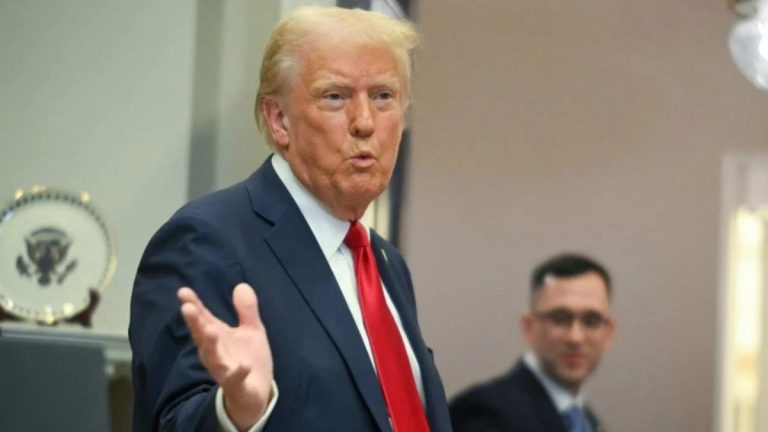The White House has confirmed that a 104% tariff rate on imports from China will go into effect at midnight, escalating the ongoing trade tensions between the United States and China. This move by President Donald Trump is part of his administration’s broader strategy to address what it perceives as unfair trade practices by China.
The Tariff Announcement
On Monday, President Trump threatened to raise tariffs even further on China, the world’s second-largest economy. These tariffs are set to coincide with his latest set of broad tariffs, which are scheduled to take effect at 12:01 a.m. on Wednesday. White House press secretary Karoline Leavitt confirmed that Trump’s threats of even higher tariffs on China would become a reality after midnight.
China’s Reaction
China has condemned the U.S. tariffs, with a Chinese foreign ministry spokesperson describing them as “typical unilateralism and protectionism, and economic bullying.” The spokesperson, Lin Jian, stated that threats and pressure are not the right way to deal with China and that U.S. tariffs only serve its own interest at the expense of other countries.
Impact On The Stock Market
Trump’s severe tariffs have continued to impact the stock market. After an early jump of 4.1%, which had the S&P 500 on track for its best day in years, the index quickly lost all of its gains within a few hours. It then fluctuated between modest gains and losses before settling on a rise of 0.4% in afternoon trading.
Economic Implications
The big question remains centered on how long Trump will keep his stiff tariffs on other countries, which would raise prices for U.S. shoppers and slow the economy. If the tariffs remain in place for an extended period, economists and investors expect them to cause a recession. However, if Trump lowers them through negotiations relatively quickly, the worst-case scenario can be avoided.

